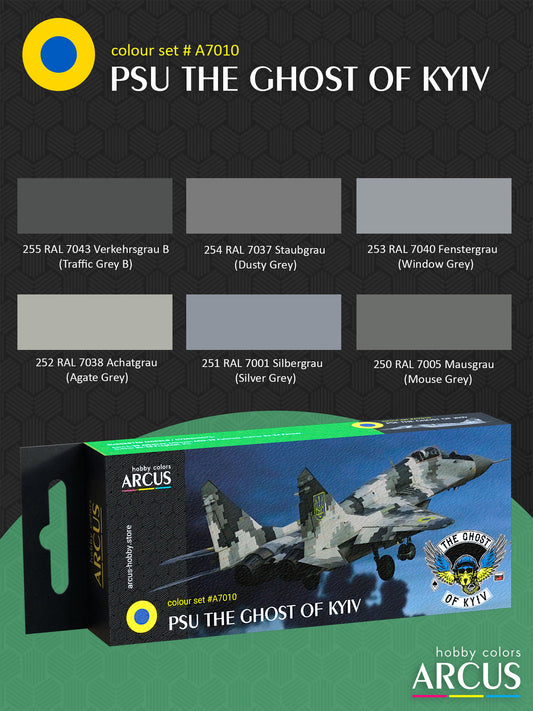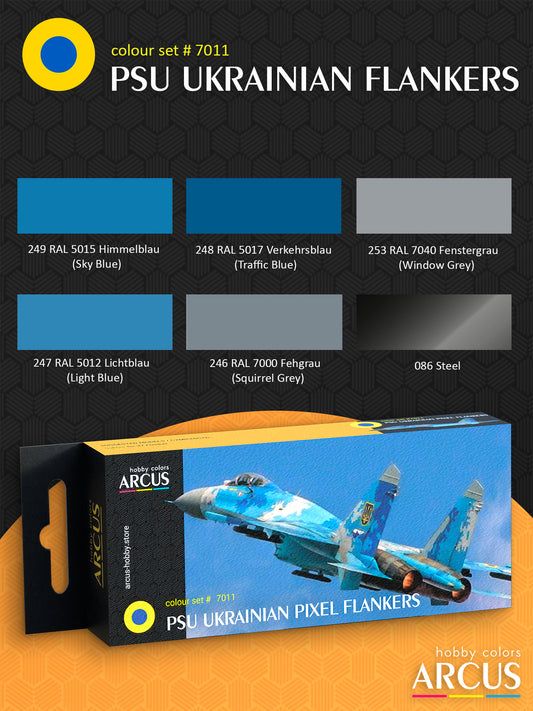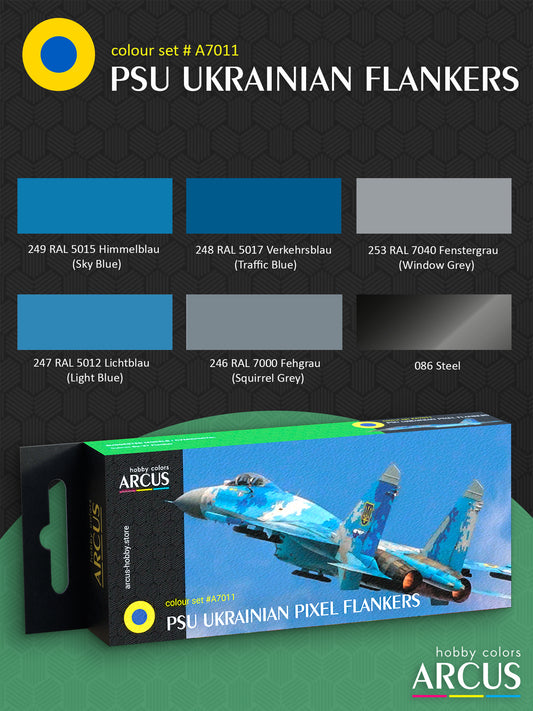Following the end of World War I, Germany officially dissolved its military forces in January 1919. However, just two months later, in March, the government established a new provisional army—the Reichswehr—as a foundation for future national defense. After a transitional period, it was formally recognized in January 1921. According to the Treaty of Versailles, signed in 1919, the German military was strictly limited in size and equipment. The army was permitted only for internal security and border protection. Heavy weapons, including artillery over 105mm, armored vehicles, submarines, and large warships, were prohibited. Germany was also barred from maintaining an air force.
The Reichswehr in Armed Conflicts
During the politically unstable early 1920s, the Reichswehr was frequently deployed to suppress leftist uprisings. One notable case was the Spartacist Uprising in Berlin in January 1919, organized by the Spartacus League (Spartakusbund). Right-wing paramilitary groups known as the Freikorps, which were not subject to Versailles restrictions, often supported or substituted for the Reichswehr in areas where it lacked manpower. These formations were involved in border conflicts with Polish and Lithuanian volunteers and played a major role in the 1920 suppression of the Rote Ruhrarmee, a leftist workers' militia that emerged during unrest in the Ruhr industrial region. Later, in October and November 1923, the Reichswehr intervened in Saxony and Thuringia during a federal crackdown (Reichsexekution) against local left-wing governments, collaborating with nationalist paramilitaries. Reichswehr officers also maintained close ties with right-wing veteran organizations such as the Stahlhelm and the Kyffhäuserbund, which openly opposed the Weimar Republic and its democratic institutions.
Beginning in 1921, in violation of the Versailles Treaty, the Reichswehr secretly collaborated with the Soviet Red Army to develop new weapons systems and rebuild its air force. Germany invested in cutting-edge military technologies and was able to train its personnel within the Soviet Union.
The cooperation was mutually beneficial. Germany assisted Soviet industrial development, while Soviet officers received training at German military academies. Germany, in turn, gained access to testing grounds and training facilities in the USSR, away from the scrutiny of Western powers. A joint flight school was established in Lipetsk, where German instructors trained approximately 120 Soviet pilots, more than 100 observers, and around 30 technicians. Some training also took place in Germany. The main purpose of this collaboration was to develop personnel and test technologies for what would become the German Air Force, despite the legal restrictions of the Versailles Treaty.
In 1923, the French and Belgian occupation of the Ruhr placed immense pressure on the Weimar Republic. Due to both treaty constraints and domestic instability, the Reichswehr was unable to mount a defense. That same November, amid an attempted far-right coup in Bavaria known as the Beer Hall Putsch, President Friedrich Ebert granted emergency powers to Defense Minister Otto Gessler. This marked the first time the Reichswehr was formally drawn into domestic political affairs, shifting its role from a purely defensive institution to a tool of internal control.
Following the 1925 signing of the Locarno Treaties and Germany’s entry into the League of Nations, the Rhineland was demilitarized. By 1930, the Reichswehr's influence had grown, as parliamentary rule deteriorated and the state increasingly relied on presidential decrees. Some leaders, including Franz von Papen and General Kurt von Schleicher, even contemplated using the army to overthrow the Weimar Republic entirely.
In 1935, the Reichswehr was officially disbanded. Adolf Hitler's regime initiated a sweeping rearmament campaign that openly violated the Treaty of Versailles. On March 1, the Luftwaffe was established, and on March 16, universal conscription was reinstated. That same day, the former Reichswehr was renamed the Wehrmacht.
The Evolution of German Camouflage
After the end of World War I, it became clear that the standard solid-tone Feldgrau was no longer adequate for the realities of modern warfare. As early as 1918, initial guidelines were issued for applying three-color camouflage to military vehicles. On May 12, 1920, the German Army Command (Heeresleitung) introduced a new multicolor camouflage pattern called Buntfarbenanstrich, which featured irregular patches of green, yellow, and brown. At first, this pattern was applied by hand, but spray guns were soon adopted to make the process faster and more consistent.
According to an official bulletin (H.V.Bl. 1922, No. 24), this camouflage scheme was to be used only on combat vehicles such as armored cars and artillery tractors. All other military transport continued to be painted in standard Feldgrau. The Buntfarbenanstrich pattern remained in use during the early years of the Wehrmacht, although its appearance could vary slightly depending on the manufacturer, time period, or vehicle type. Still, this three-color camouflage became widely recognized and stands as a key step in the development of German military camouflage between the wars.
Color Standards in the German Military
On April 23, 1925, Germany established the RAL — the National Committee for Delivery Conditions (Reichsausschuss für Lieferbedingungen). Though officially part of the Ministry of Economic Affairs, it operated independently. Its main goal was to standardize technical specifications, including the creation of a unified color system for industry, transportation, and the military.
The first official color list was published in 1927 under the name RAL 840. It allowed paint production to be standardized, helping reduce costs through centralized procurement and the elimination of redundant color variants. At the time, imports were limited due to severe currency shortages, and the Reichsmark had little value abroad. As a result, mostly local pigments were used. Over time, the palette gradually expanded, mainly in response to requests from government sectors such as the postal service, railways, and other public institutions.
That same year, a separate standard for the transportation sector was introduced — RAL 840 B — featuring 40 vehicle-oriented colors. In 1932, the palette was revised and reissued as RAL 840 B2 to avoid confusion with the earlier version. New shades continued to be added through supplementary releases known as Ergänzungsblätter (addendum sheets).



















